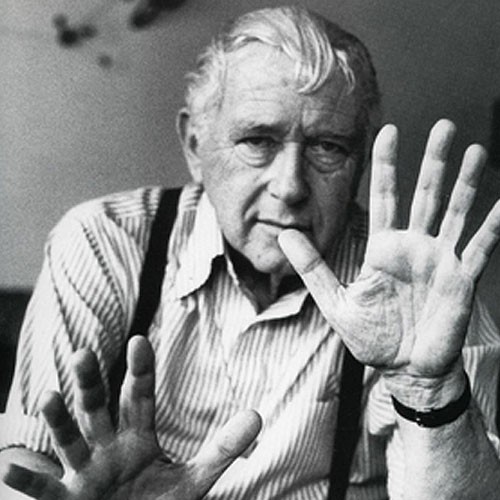Marcel Breuer was serving as an apprentice when he began his experimentations with tubular steel as a way of producing a chair fit for modern times. Definitively capturing the sense of hope and boldness that came with the Bauhaus era, Breuer’s chair takes inspiration from the humble bicycle frame, with the celebrated designer reducing the form of the classic club chair to rely solely on its core elements.
This edition of the iconic Wassily chair, which is named for the painter Wassily Kandinsky and was first produced in 1925, features upholstery in natural canvas, deviating from the more traditional leather version quite heavily. With the use of canvas, the Wassily undergoes something of a minor makeover, with the material highlighting the utilitarian qualities of the piece with arguably greater clarity than the more traditional finish.

A protege of Bauhaus founder Walter Gropius, Hungarian-born modernist architect and furniture designer Marcel Breuer embodied many of the School's distinctive concepts and was one of the School's most famous students. Breuer returned to the Bauhaus to teach carpentry from 1925 to 1928 and during this time designed his functional, simple and distinctly modern tubular-steel furniture collection. His attention drifted towards architecture, and after practising privately, he worked as a professor at Harvard's School of Design under Gropius. Breuer was also honoured as the first architect to be the sole artist of an exhibit at the Metropolitan Museum of Art.
Marcel Breuer's most famous designs include the Wassily lounge chair, named after his Bauhaus room mate Wassily Kandinsky, and the Cesca after his daughter Francesca.









































